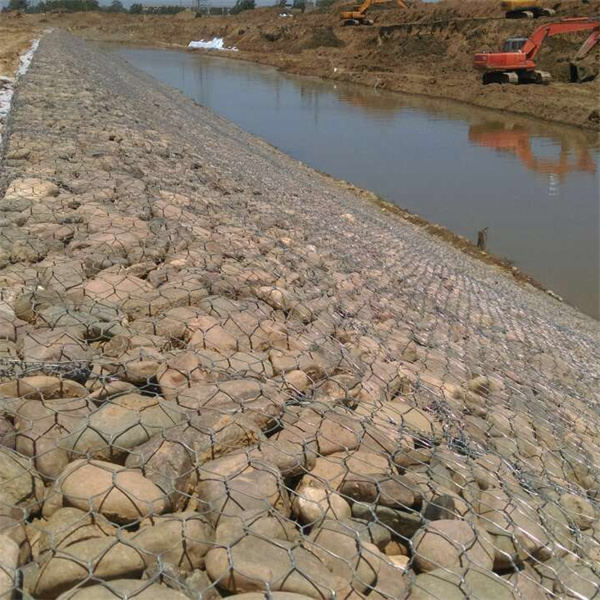Okt . 03, 2024 03:46 Back to list
Innovative Gabion Structures for Coastal Defense and Erosion Control Solutions
The Advantages of Gabion Sea Walls in Coastal Protection
As coastal regions become increasingly vulnerable to the effects of climate change and rising sea levels, innovative engineering solutions are essential for effective coastal protection. One such solution that has gained popularity in recent years is the gabion sea wall. Composed of wire mesh cages filled with rocks or other heavy materials, gabion sea walls offer numerous advantages over traditional sea wall structures, making them a favored choice for coastal engineers and developers.
Gabion sea walls are incredibly versatile. They can be designed to fit various coastal environments and can be customized to meet specific geographical and ecological needs. For instance, the flexibility of gabion designs allows them to adapt to the natural contours of the coastline or align with existing infrastructure. This adaptability not only enhances aesthetic appeal but also promotes ecological harmony by minimizing disruption to local habitats.
One of the most significant benefits of gabion sea walls is their ability to absorb and dissipate wave energy. Unlike traditional concrete sea walls that can reflect wave energy back into the ocean, potentially causing erosion in other areas, gabions absorb wave impact, reducing the force exerted on them and lessening the likelihood of erosion. Over time, the rocks within the gabions can settle, creating a durable and robust defense against ongoing coastal erosion and storm surges.
gabion sea wall

Another advantage of gabion sea walls is their ease of construction and maintenance. Gabion structures can be assembled on-site using locally sourced materials, which can significantly reduce overall construction costs and time. The modular nature of gabions allows for straightforward repairs; if a section becomes damaged, it can be easily replaced or reinforced without the need for extensive heavy machinery or complicated processes. This simplicity is particularly valuable in remote coastal areas where logistical challenges may arise.
Environmental sustainability is also a crucial consideration in coastal engineering, and gabion sea walls have a lower environmental impact compared to traditional options. The use of natural materials such as rocks or recycled concrete not only reduces the carbon footprint of the construction process but also promotes biodiversity. Furthermore, gabions can be designed to facilitate vegetation growth, which can provide additional habitat for local flora and fauna, thereby enhancing the ecological resilience of coastal areas.
While gabion sea walls offer numerous advantages, it is important to recognize that they are not a one-size-fits-all solution. The effectiveness of gabion structures can depend on multiple factors, including local conditions, wave patterns, and sediment transport dynamics. Therefore, it is vital to conduct thorough assessments and collaborate with environmental experts to design gabion sea walls that integrate effectively into the surrounding ecosystem.
In conclusion, gabion sea walls represent a significant advancement in coastal protection strategies. Their versatility, ability to absorb wave energy, ease of maintenance, and reduced environmental impact position them as a valuable alternative to traditional sea wall designs. As coastal communities continue to face the challenges posed by climate change, investing in innovative solutions like gabion sea walls can help safeguard vulnerable areas and promote sustainable development along our coastlines.
-
Why PVC Coated Gabion Mattress Is the Best Solution for Long-Term Erosion Control
NewsMay.23,2025
-
Gabion Wire Mesh: The Reinforced Solution for Modern Construction and Landscape Design
NewsMay.23,2025
-
Gabion Wall: The Flexible, Seismic-Resistant Solution for Modern Landscaping and Construction
NewsMay.23,2025
-
Gabion Wall Solutions: The Durable, Decorative, and Affordable Choice for Every Landscape
NewsMay.23,2025
-
Gabion Basket: The Durable and Flexible Alternative to Traditional Retaining Walls
NewsMay.23,2025
-
Gabion Basket: The Proven Solution for Slope Stability and Flood Control
NewsMay.23,2025
-
Versatility of Chain Link Fence Gabion
NewsMay.13,2025






